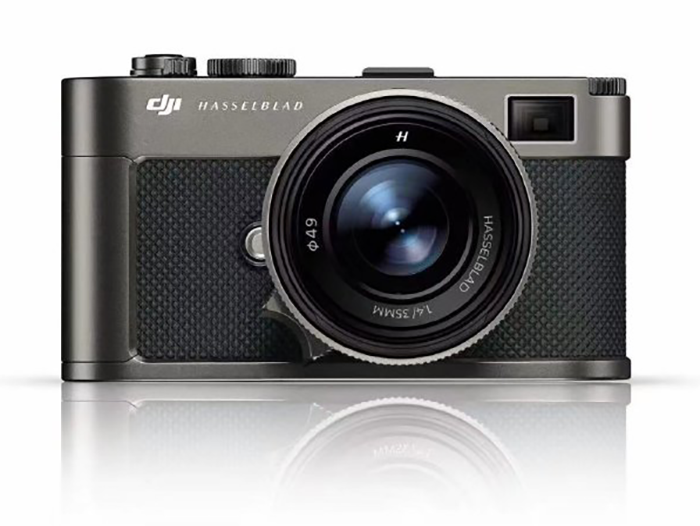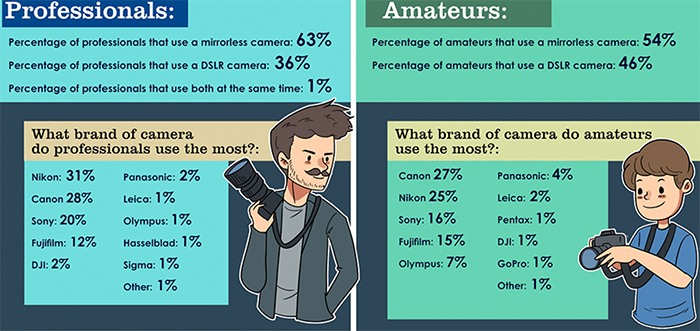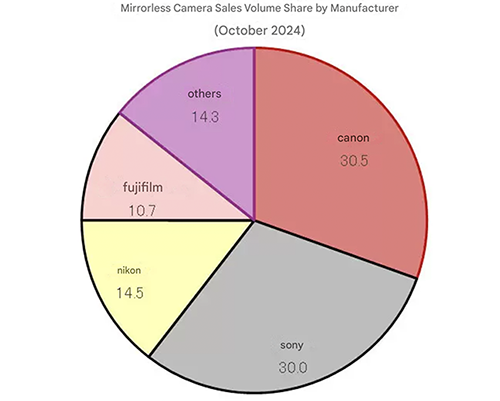A random sample of 500 savvy shooters reveals decent interest in mirrorless cameras

Hi all,
My username on mirrorlessrumors.com is sneye (that will have to do). I have been a keen amateur photographer in the last 25 years or so, shooting mostly people in what is nowadays referred to as ‘street photography’. Of course I have been engaged in other genres over the years, occasionally picking up a paid job. I have always been interested in camera gear, but not as much as in the more expressive aspects of photography. Photography and cameras are two, unrelated, hobbies of mine. Some of my recent work can be seen on my Flickr stream.
I have always been a believer in the moto that the tools one uses have to suit the work they are called for. They must be capable enough in their own right , but they must also respect their operator. Unfortunately there is little discussion on the web regarding the actual usage of camera gear. I’m not talking about ‘photo technique’. Technique distills common knowledge into more or less defined sets of ‘rules’ which should be applied in order to increase the probability of achieving technically sound results. No, learning and imitating the practice of others is almost guaranteed to rob one’s work of the originality and genuine expression it might have possessed. What I mean by “usage” is related to the state of mind a photographer acquires while concentrating on a subject or a scene. Each genre or type of subjects is defined by a different gestalt.
When choosing a camera you can find a lot of information on the web. Typically you will read many reviews, each analyzing every technical aspect of the camera in question with some scrutiny and ending in a concise section of stengths and weaknesses. But how do the ergonomics, function and performance of a camera relate to its usage? Reviewing a camera per se is – I feel – a limited approach at best (if not entirely pointless). Too many times I have seen shooters using the wrong tools only because they opted for “the best”. Suppose you shoot mainly while traveling, but are fascinated by the preying habits of a species of small spiders and occasionally like to take a formal portrait. You also use your camera to document your family’s life and your social activities. Each of those subjects dictates a different approach and perhaps requires a different set of tools. So which camera (or rather, camera system) makes the best compromise for your particular ‘photographic portfolio’? Camera reviews do not answer such questions. Actually, unless you have considerable experience you will have to go through quite massive research and be focused enough to pick only the bits and pieces relevant to you.
Since I could not find a simple, straightforward tool to guide me towards what I needed, I had to make my own. It took quite some time and lots of trial and error, but finally I feel I have come up with something truly useful. It’s a little online application developped in the Google Docs platform. First you fill in a form, specifying how frequently you use your camera for various applications and providing some cues about your budget, size preferences and intent. After submitting you are led to a spreadsheet which attempts to analyze your requirements and match them with a range of current cameras. The top five matches are displayed with their strenghts and weaknesses vis a vis your specific profile. Sounds simplitic (and it probably is), but the feedback I have been receiving is mostly positive. 500 people or so have already tried it (you can try it here).
Now, apart from the primary purpose of this application, it also provides a glimpse into the shooting habits of the people who use it. The statistics reveal a lot of interesting trends which certainly deserve a discussion in their own right. For now, lets have a look at the camera systems participants have been looking into (the application offers the possibility to restrict the analysis to selected mounts).
The application was “promoted” on a few photography forums, most of them unrelated to specific camera systems. A vast majority of the submitters came through the ”Open talk’ forum at DPReview. More than 80% of the submitters specified a budget of around $1000 or more, which leads me to conclude that the populace represented comprises of seasoned photographers who already own at least one interchangeable-lens camera.
51% of the submitters chose to restrict the analysis, leaving out certain camera systems. Overall, 17% chose to compare DSLRs only (most of them concentrating on a single mount), 9% chose mirrorless mounts only (most of them specifying multiple mounts) and the remaining 74% either did not restrict the analysis at all or specified both reflex and mirrorless mounts.
Of the 160 submitters specifying at least one full frame system, the distribution of mounts was the following:
Nikon FX – 70%
Canon FF – 61%
Sony E (FF) – 34%
Leica M – 6%
Considering the A7 and A7r are a brand new system with few native lenses, the extent of interest they attract is considerable. Whether this interest will translate into sales is another question.
Of the 232 submitters specifying at least one smaller sensored system, the distribution of mounts was the following:
Micro 4/3 – 54%
Canon APS-C – 50%
Nikon DX – 49%
Fuji X – 40%
Sony E (APS-C) – 30%
Pentax K – 26%
Canon M – 25%
Sony A – 21%
Nikon 1 – 20%
Quite interesting results here. Micro 4/3 and Fuji’s system seem to be grabbing some attention. Canon M is doing well too (I suspect some canon users are not entirely aware of what that system actually offers), while Canon and Nikon’s established mounts are losing traction.
The application offers the opportunity to select one camera of interest in order to test how it matches the specified usage profile. 315 submitters took advantage of that option. The most frequently selected models (ten times or more) are the following:
Olympus E-M1 – 25
Canon 5DIII – 25
Canon 70D – 22
Canon 7D – 19
Nikon D800 – 18
Nikon D7100 – 18
Olympus E-M5 – 17
Fuji X-E2 – 17
Fuji X Pro 1 – 14
Panasonic GX7 – 10
Canon 6D – 10
Again, a mixture of DSLRs and mirrorless.
All in all, the data presented here indicate a change in the perception of mirrorless camera systems. They are no longer considered dramatically inferior when compared to their established reflex counterparts and are viewed as legitimate alternatives as far as the most commonly applied genres of photography are concerned. These results only confirm my own observations: many of my photography-savvy acquaintances are not only aware of the mirrorless options currently on the market, but show active interest in them.
I am certain that the future introduction of more lenses (in some systems) will help to extend the interest in mirrorless even further. Looking at these data clarifies how important the lens lineup is to the success of a camera system.


